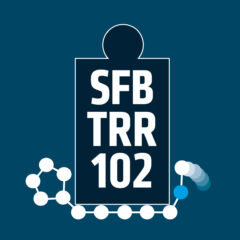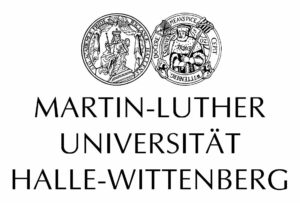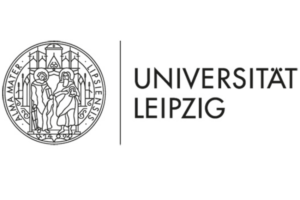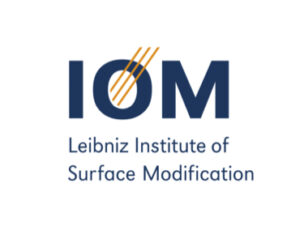The project B08 went through some changes over time. The project investigated :
- Broadband dielectric spectroscopy to study molecular dynamics in nanometer thin layers of blockcopolymers in the first funding period:
2011-2015 - Broadband dielectric and IR spectroscopy to study molecular dynamics and order in nanometer domains of endfixed polymers in the second funding period: 2015-2019
- Refined Infrared Spectroscopy to Study Molecular Orientation and Order in Heterogeneous Polymer Systems in the third funding period: 2019-2023
Kremer
Infrared (IR) spectroscopy, as a highly versatile tool in molecular physics, offered multiple options for refinements:
(i) The employment of an IR microscope allowed for the combination of IR spectroscopy with Fast Scanning Calorimetry (FSC). This approach enabled the reduction of sample amounts to below the μg level, facilitating the tracing of the onset of nucleation and crystallization in detail for different moieties of a polymeric system. Specifically, the molecular fingerprint of homogeneous nucleation was studied for poly(amide-6-6) (PA66), poly(ε-caprolactone) (PCL), and polyethylene oxide (PEO).
(ii) Combined IR-FSC methods were used to unravel the impact of thermal history on polymer crystallization at a molecular level. The crystalline structures formed at strong undercooling in PCL and PEO were studied regarding their thermal stability and microscopic structure.
(iii) Grazing angle IR-reflection experiments were conducted to characterize the effect of prefreezing in films with a thickness below 100 nm, where the prefrozen layer is covered by molten material. This approach provided insights into the thermodynamic nature of the prefreezing transition itself. PCL and PE on graphite or MoS2, which were already studied using microscopic and scattering methods, were further characterized using this technique.
(iv) Infrared transmission moment orientational analysis (IR-TMOA) was applied to explore structure formation in supramolecular or semi-crystalline polymers. The macroscopic order and orientation of structures crystallizing epitaxially on top of prefreezing layers, such as PCL on graphite/graphene, were studied and compared to crystallization under spatial confinement of spherulitic growth and lamellar width, such as PCL on silicon. This approach was found to be suitable for studying bio-synthetic hybrid systems in general.
It is evident that the suggested approach was well-suited for studying the aforementioned systems and provided valuable insights into their crystallization behavior and structural properties.
Highlighted Publications:
- Anton, A.M.,R. Steyrleuthner, W. Kossack, D. Neher, F. Kremer, Infrared transition moment orientational analysis (IR-TMOA) on the structural organization of the distinct molecular subunits in thin layers of a high mobility n-type copolymer, Am. Chem. Soc., 137 (18), 6034-6043 (2015)
- Anton, A.M., E. Zhuravlev, W. Kossack, R. Andrianov, C. Schick, F. Kremer, Fingerprints of Homogeneous Nucleation and Crystal Growth in Polyamide 66 as Studied by Combined Infrared Spectroscopy and Fast Scanning Chip Calorimetry, Colloid and Polymer Science 298, 697-706 (2020)
- K.Kipnusu, E. Zhuravlev, Chr.Schick, F.Kremer, The Initial Molecular Interactions in the Course of Enthalpy Relaxation and Nucleation in Poly-ethylene terephthalate (PET) as Monitored by Combined Nanocalorimetry and FTIR Spectroscopy, Macromol. Chem. Phys.(2023)
Other publications of this group:Wycliffe Kiprop Kipnusu, Evgeny Zhuravlev, Christoph Schick, Friedrich Kremer,The Initial Molecular Interactions in the Course of Enthalpy Relaxation and Nucleation ...
Read MoreFriedrich Kremer, Wycliffe Kiprop Kipnusu, Martin Fränzl,Open AccessCommunication Orientation Polarization Spectroscopy—Toward an Atomistic Understanding of Dielectric Relaxation ProcessesInt. J. Mol ...
Read MoreWycliffe Kiprop Kipnusu, Evgeny Zhuravlev, Christoph Schick, Friedrich Kremer,Homogeneous nucleation in polyamide 66, a two‑stage process as revealed by combined ...
Read MoreShahidul Alam, Vojtech Nadazdy, Tomas Vary, Christian Friebe, Rico Meitzner, Johannes Ahner, Aman Anand, Safakath Karuthedath, Catherine S. P. De ...
Read MoreManuel Reiter, Arthur Markus Anton, Jian Chang, Friedrich Kremer, Miriam M. Unterlass, Jiayin Yuan,Tuning the glass transition of siloxane-based poly(ionic ...
Read More






